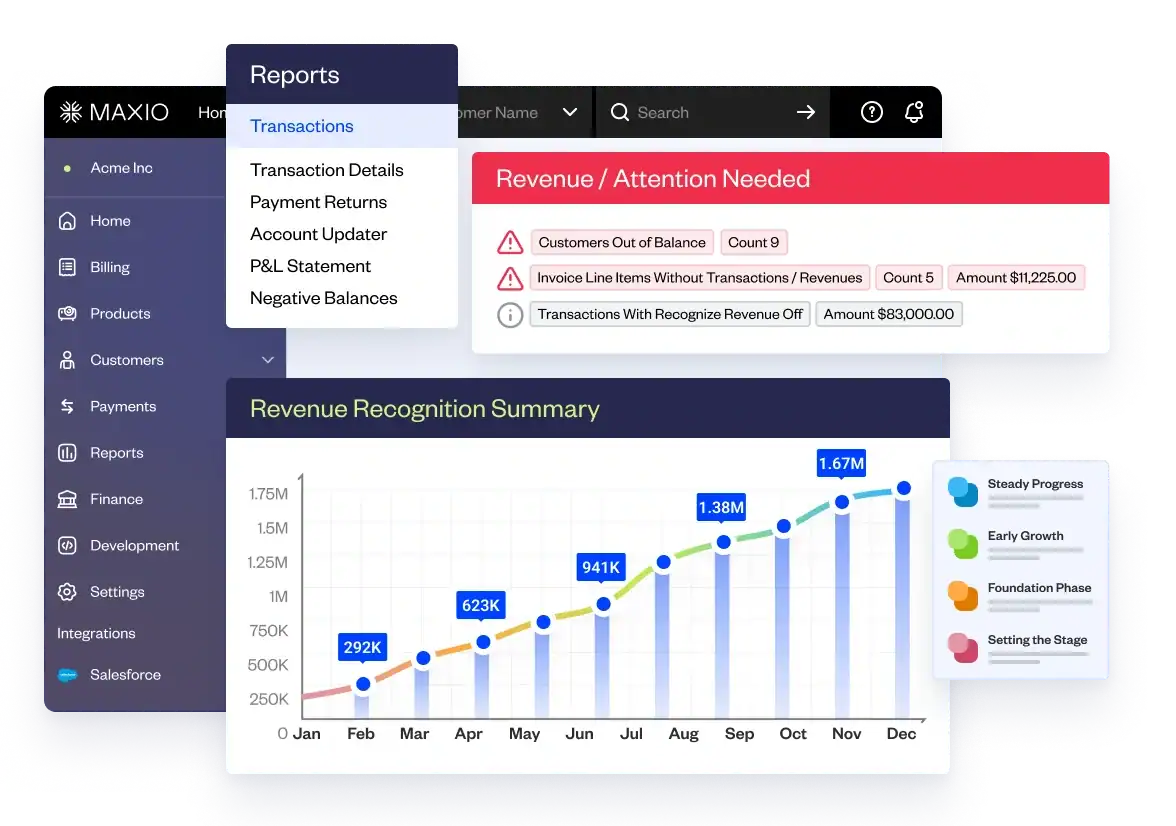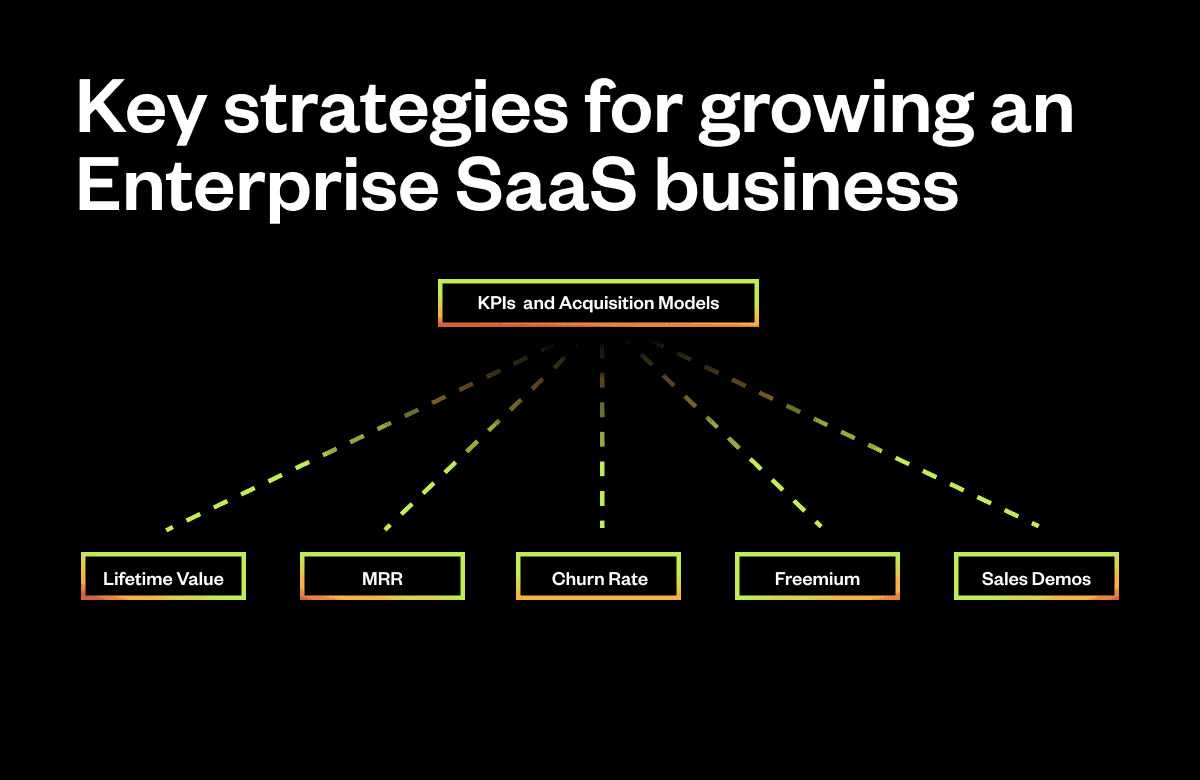Take a look at any modern SaaS company, and you’ll likely notice that they operate under a subscription-based business model. With subscription-based payment plans rapidly replacing the traditional software license approach, modern SaaS companies must make several operational changes to accommodate this change in how customers expect to pay for products and services.
As both B2C and B2B industries become more customer-centric, the subscription model meets these changes by allowing customers to discover and try out new software products easily.
The traditional SaaS subscription model also enables businesses to create predictable monthly and annual revenue, make iterative changes to pricing, and give users more control over their product experience. In the long-term, subscriptions create lasting relationships and stronger bonds with customers, which is great for client retention and your bottom line.
For SaaS companies, adopting a subscription finance model is all but inevitable at this point, so here’s what you need to know:
What is a subscription-based business model?
Subscription business models revolve around a simple concept: receiving a monthly or annual payment for your product or service.
This business model focuses on acquiring customers and then providing enough value via the product, user experience, and customer support to retain their business month over month. By ensuring a single customer pays on multiple occasions for long-term access to a specific service or product, you can nurture a stronger and more profitable relationship built on providing consistent value.
There’s a reason the subscription-based business model has become so pervasive. It gives customers the flexibility they crave while allowing SaaS businesses to remain agile and keep up with the ebbs and flows of customer and market demand. Investors love the subscription revenue model as well because it paints a clear picture of a SaaS company’s future earnings based on its current revenue, churn, NRR, and other SaaS-specific metrics.
What is the subscription revenue model?
A subscription revenue model charges your customers a recurring fee, which is processed according to a fixed schedule—usually monthly or annually, though it can differ. This model is an excellent way of generating recurring revenue from customers who need access to a product or service but prefer to pay for it in smaller increments over a long-term period.
So, what is the difference between a subscription model and contract billing?
To start, a monthly subscription reduces the barrier to entry for many SaaS users because a single monthly payment will be much smaller than a singular fee paid upfront. This reduced barrier to entry allows potential customers to experience the product without being forced into a year-long (or permanent) commitment.
The longer your customers use your service or product, the more they tend to purchase upsells and cross-sells suggested by your sales or customer success teams. When companies focus on retaining customers rather than accepting their loss and constantly attempting to gain new ones, their acquisition costs plummet.
As a business model, this is an effective way to generate consistent revenue as the high retention rate, and low client acquisition cost mean that growth will snowball over time.
Expansion revenue can also be generated by:
- Upselling existing customers on upgrades to more extensive plans as their need for your product grows
- Cross-selling customers with additional features and services to augment their existing service
Calculating subscription-based revenue
From solopreneurs working out of their spare rooms to major corporations with multiple locations worldwide, building a subscription based revenue model requires several operational changes. One of these changes will be how you measure your business’s subscription revenue. It all comes down to one simple equation that runs every subscription-based business:
ARRn ACV – Churn = ARRn 1
Let’s break that down…
ARR / MRR
Annual Recurring Revenue (ARR) refers to how much revenue you generate on an annual basis and expect to repeat. Similarly, Monthly Recurring Revenue (MRR) is subscription revenue that’s generated on a consistent monthly basis.
Churn
There will always be subscribers who choose not to renew. They may downgrade their plan, or they may cancel altogether. Churn is the percentage rate at which SaaS customers cancel their recurring revenue subscriptions. Even with clear product/market fit and a five-star customer success team, churn is inevitable. The revenue formula provided above accounts for this by subtracting churn from your annual ARR.
ACV
Annual Contract Value (ACV) is a key metric that shows you how much an ongoing customer contract is worth by averaging and normalizing its value over one year. As your existing customers grow with you over time, they’ll eventually increase their usage, upgrade to a higher paid subscription, or onboard new team members, which will increase their total ACV for your SaaS business.
Operational effect of the financial model for subscription businesses
Recurring billing creates a different set of challenges compared to one-off purchases. You will be managing customers on different billing models, mid-month upgrades and downgrades, add-on charges, different billing dates, and various other factors that aren’t typically accounted for on traditional balance sheets and financial statements.
The problem is that accounting systems are designed for double-entry bookkeeping. ERP and CRM systems are not designed to handle recurring revenue or track the metrics needed for a subscription business. The result is a view of your finances that is less than complete.
You can gain some insights through financial metrics like billings, bookings, and cash, all of which were tracked in the existing world of commerce before subscriptions took over. However, if you’re relying on these backward-facing metrics alone, you’re limiting yourself to a focus on one-off transactions.
Additional issues can further complicate matters. For example, higher volatility manufacturing operating management (MoM) can make it harder to forecast future revenue.
Streamlining Your Financial Operations with Subscription Management
Improving your approach to subscription management is the best way to build a revenue-positive SaaS financial model. By focusing on managing long-term relationships with your subscriber customers, you can eliminate the issues that a subscription business model presents.
Your subscribers will naturally make regular changes to their accounts throughout your customer-vendor relationship. Every change they make has the potential to cause issues when it comes to reconciling your revenue. Your accounting and finance teams need to ensure the subscriber is invoiced correctly and that financial reporting is accurate and meets GAAP/IFRS requirements and revenue recognition standards.
Need help managing subscription-based revenue? Check out our free guide to managing revenue for subscription-based SaaS companies.






